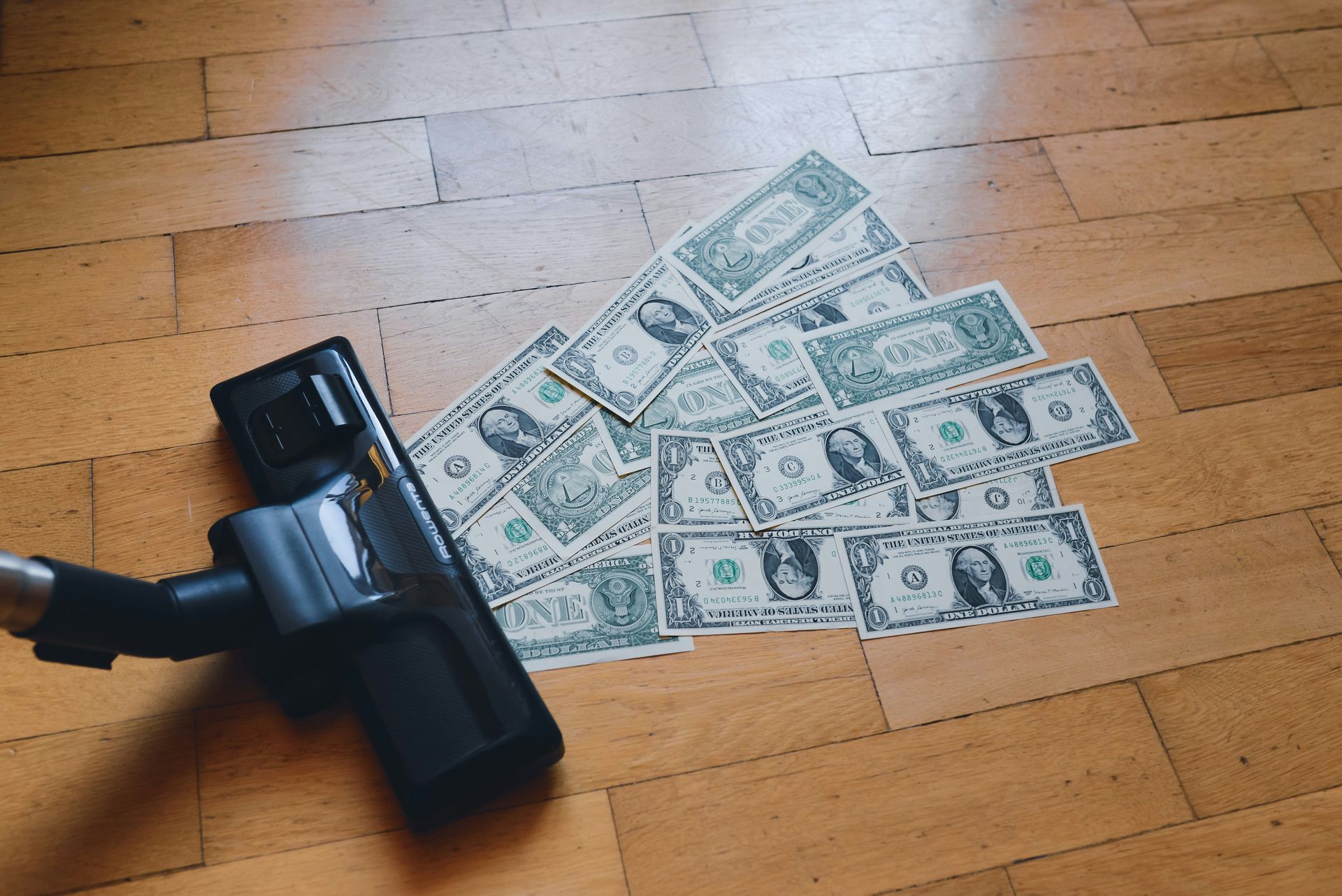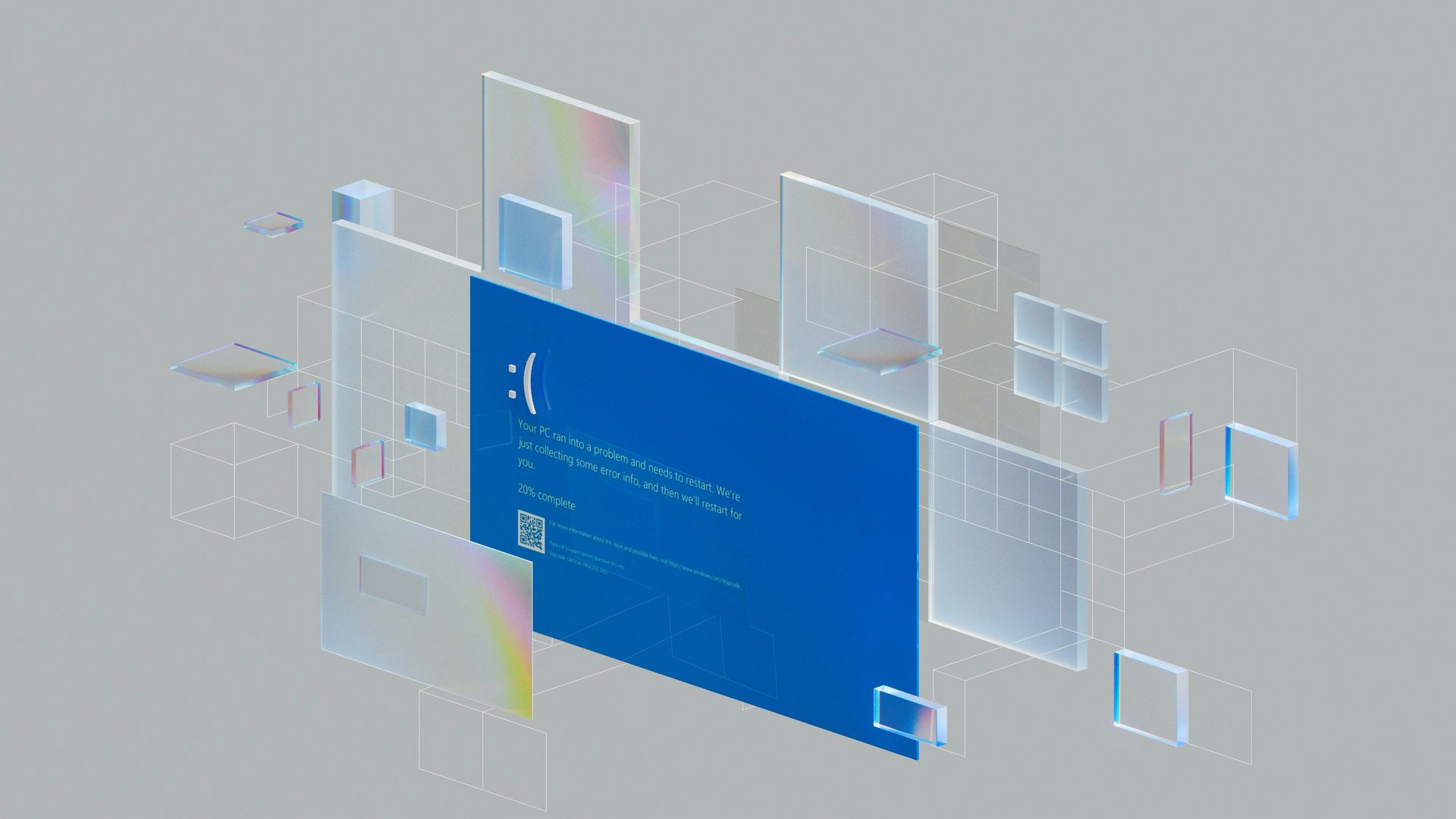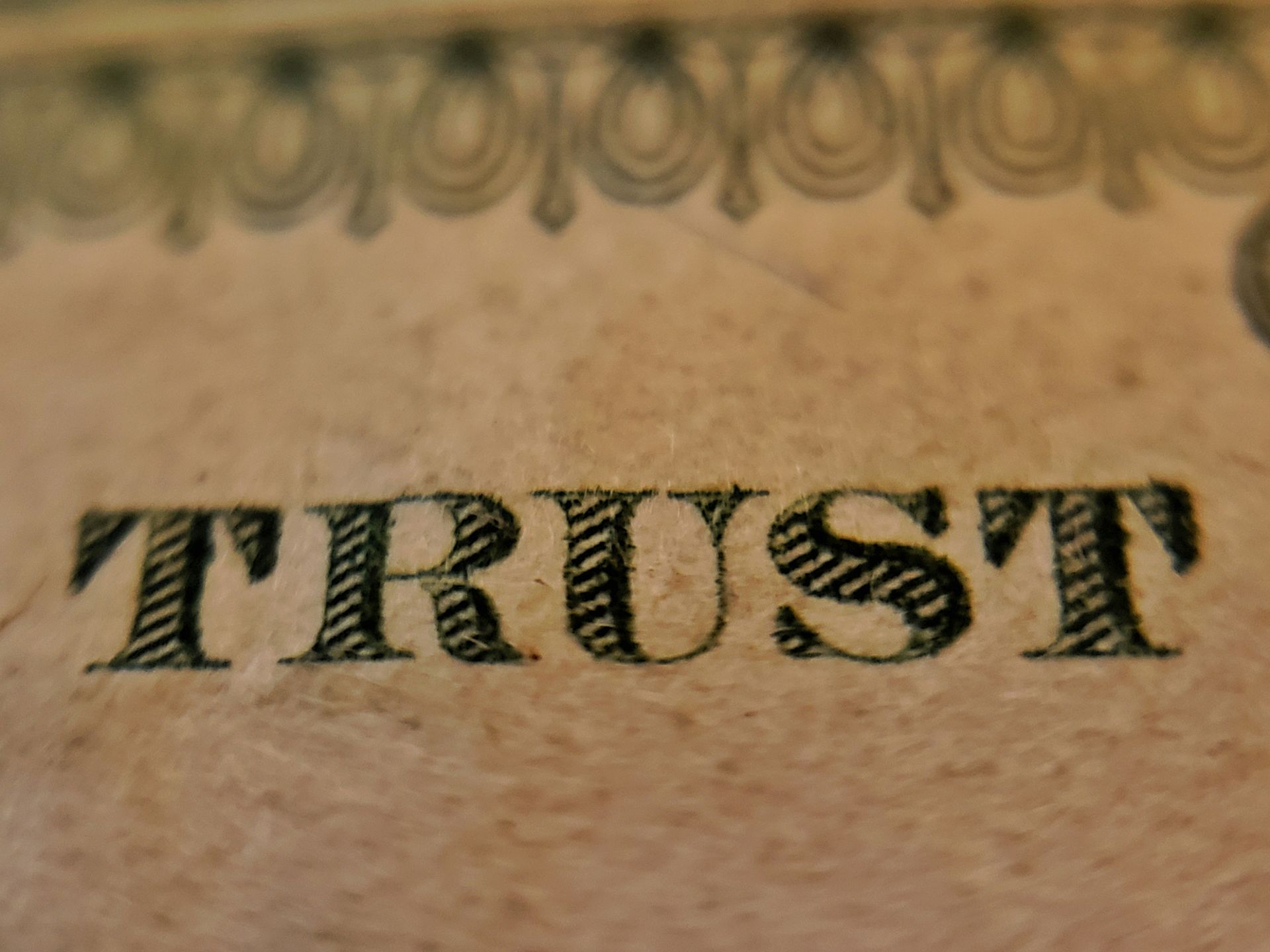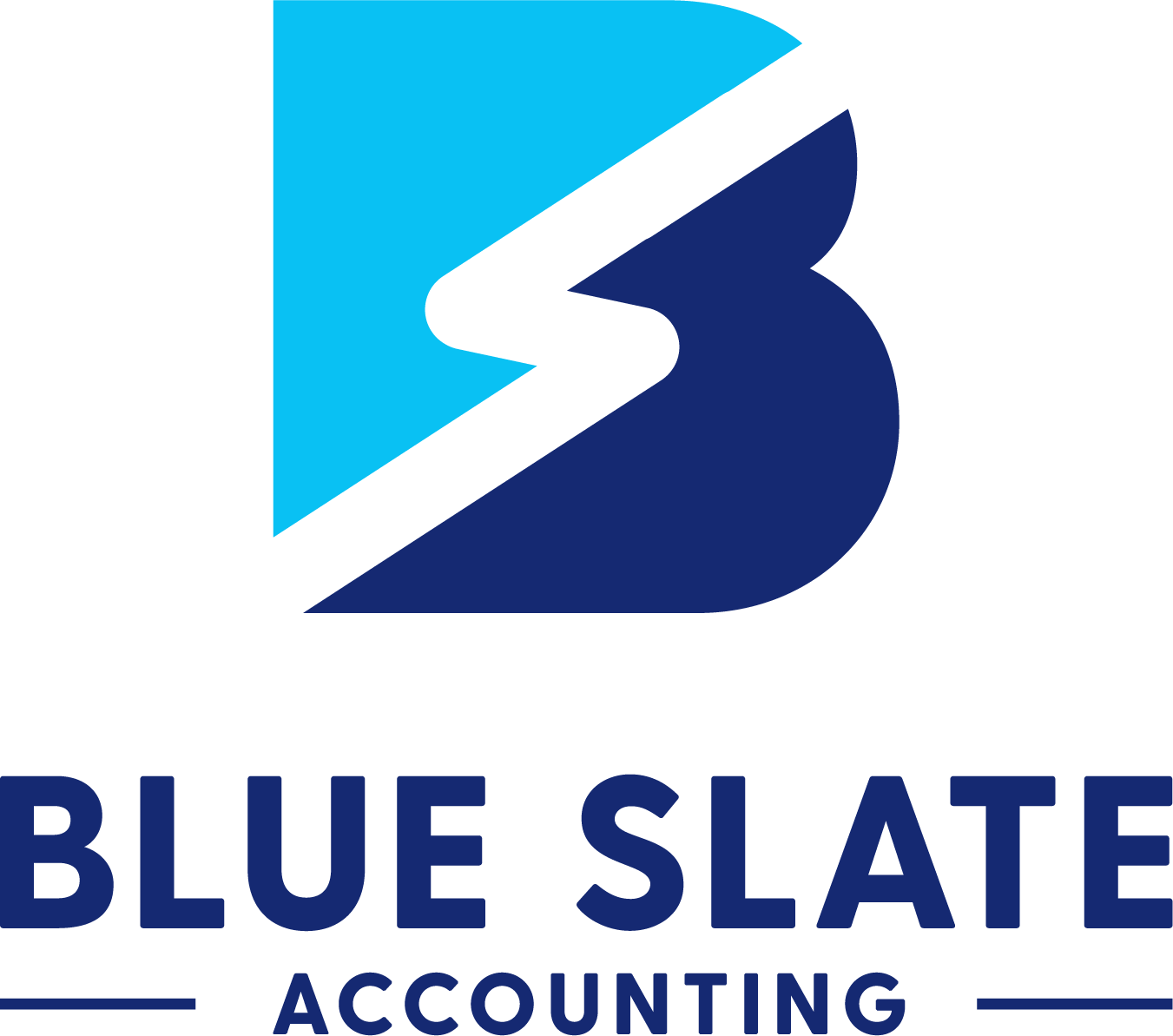Managing Your Paper Trail
If you have been in business for more than the last few years, you have most certainly seen a change in how receipts are kept track of. The days of having a shoebox full of receipts that you hand to your bookkeeper are slipping away. However, if you don’t scan and file the receipts you have in a few months, they can’t be read and will provide no proof of purchase in the event of an audit.
Many invoices are now being sent electronically, and credit card statements are showing up in your email rather than in your mailbox. These shifts in service are how the industry is successfully forcing you to adjust to new policies.
<h3> <b> Receipts: </b> </h3>
Today’s online systems allow you or your bookkeeper to scan receipts in either through computer scanners or by simply taking a picture of a receipt with your cell phone. You can then select to read them and record the transaction within your financial program. This system cuts down on the administrative work of matching receipts with what they were purchased for as you can enter notes when you submit the receipt electronically. This significantly cuts down on the mundane work for your bookkeeper and allows them to focus on the finances of your business.
Some companies will email you receipts so you can just drop them into your QuickBooks application or forward them along to your bookkeeper.
While the days of the shoebox receipts are not completely over, the hardest part of electronically submitting receipts is simply remembering to take a picture of them and submitting them to your accounting application such as QuickBooks.
<h3> <b> Vendor invoices: </b> </h3>
Most invoices today are sent electronically. This practice can help to speed up the payment process as it is delivered directly to the receiver when sent. Some accounting systems allow for the invoice documents to be attached to the transaction in the accounting system. This documents everything and makes it easier to get quick answers to vendor questions or provide documentation in case of an audit.
Some of the newer systems are smart enough to read the invoice and produce a check with little or no data entry. Others can match purchase order, packing slips, and invoices together to reduce time spent in the accounts payable function.
By switching over from the shoebox method of keeping track of your receipts to automated applications, you will find that you cut down on time and expenses. When it comes to keeping track of your profits and loss these efficiencies can add money to your bottom line. While many people have a hard time relying on automation, it has proven to be a more efficient way to better keep track of your company’s revenue and expenses. Have questions on the best system to use, give us a call at 724-359-5022.










Take the first step towards outsourced accounting & tax help!
Contact
(724) 359-5022info@blueslateaccounting.com
Address
642 W. New Castle StZelienople, PA 16063 United States
Privacy Policy | Web Design by Vendilli Digital Group
